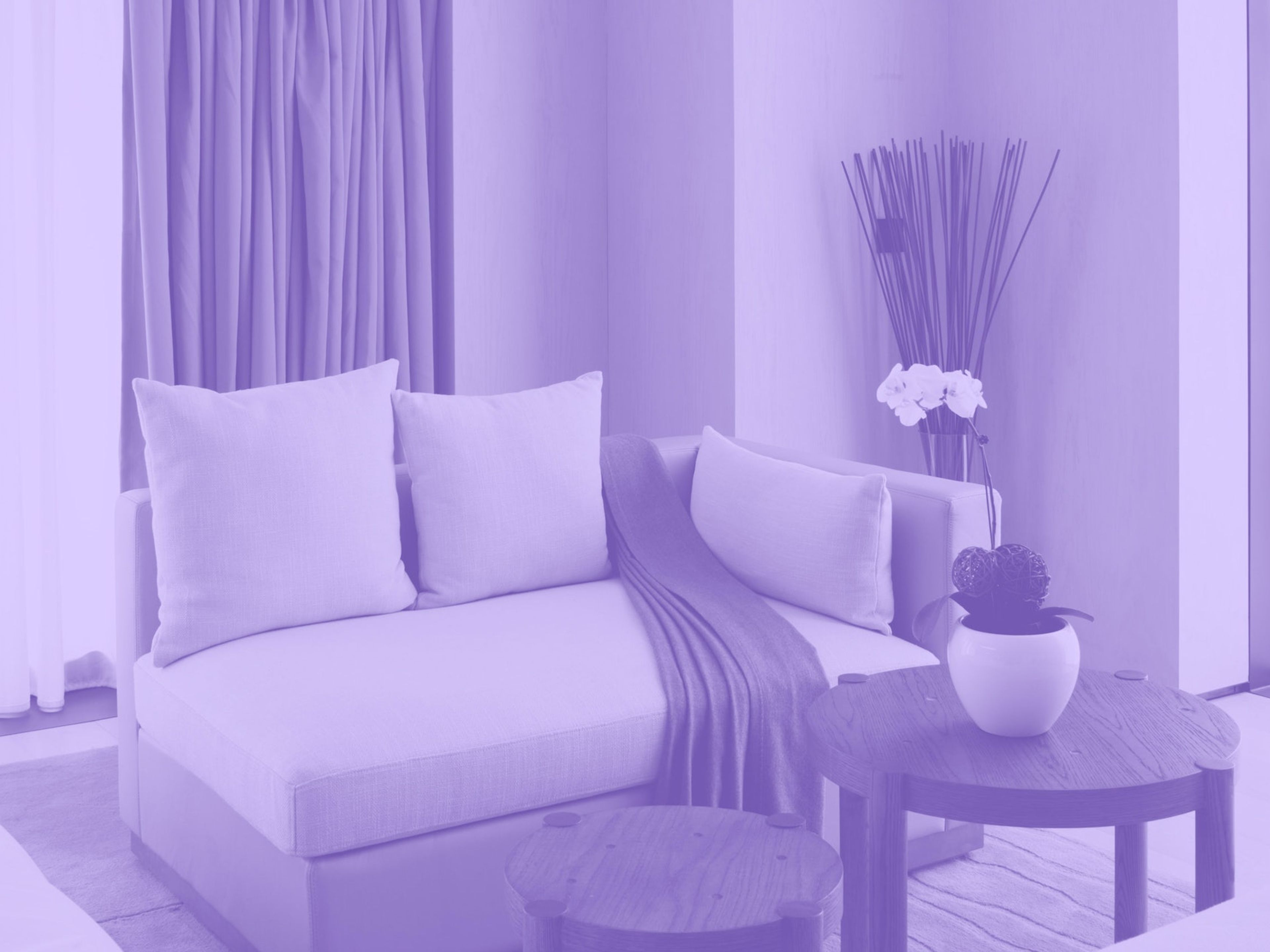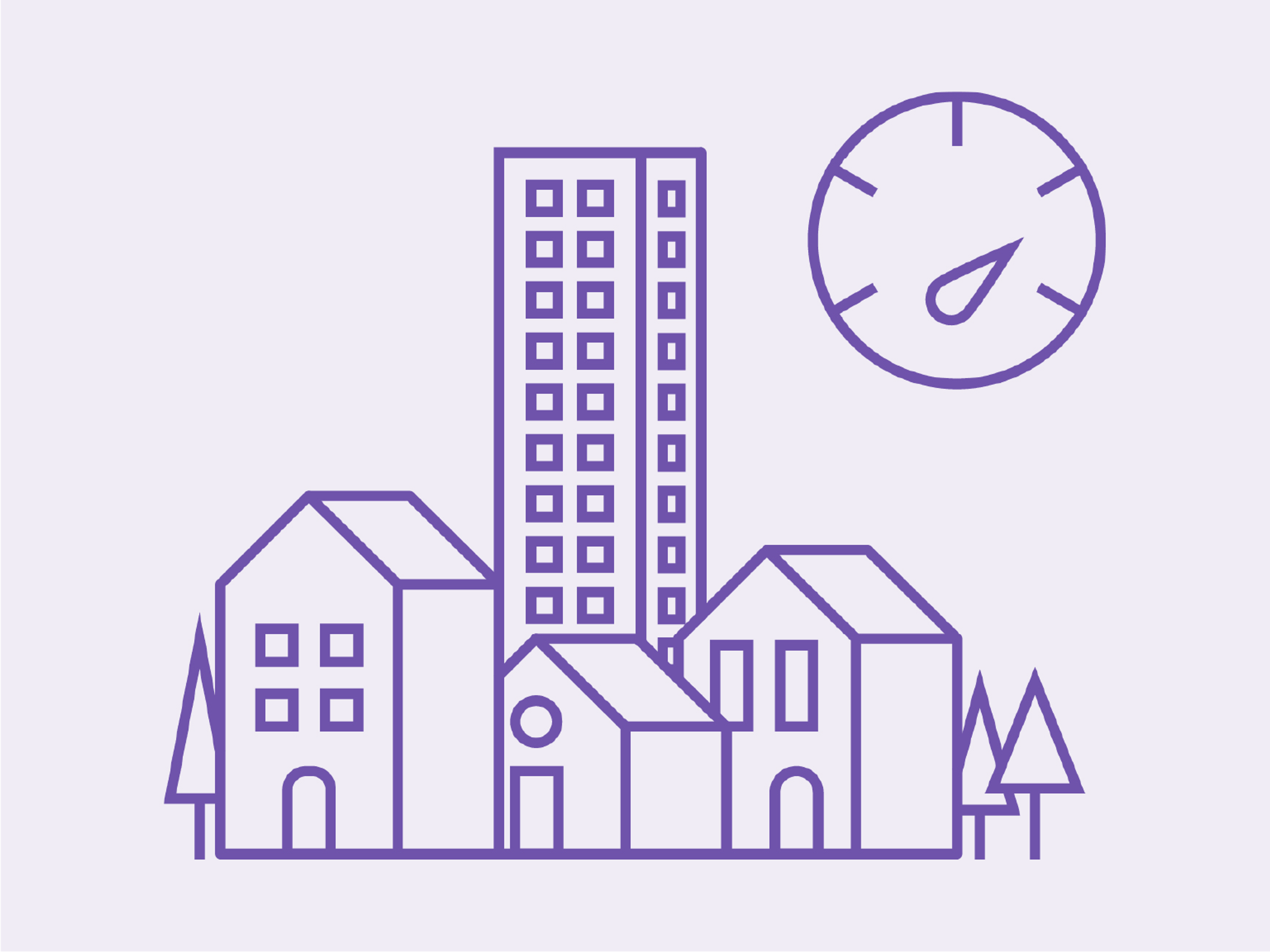Suits and Suites
Page contents
Make and Gleeds have been discussing the potential fusion of the hotel and office sectors in different forms – for example, hospitality lobbies in office buildings or co-working floors in hotels.
In 2022 we held a roundtable with industry experts from CO–RE, Google, Accor and more to explore the ways workplace and hospitality can benefit one another.

We discussed changing approaches towards digital products in the workplace, as well as shifts in internal working practices since the normalisation of working from home. While the COVID-19 pandemic has accelerated some of these trends, it’s also given us a blank canvas to develop for future workspaces.
The roundtable kicked off with an inspiring presentation by creative strategist Philippa Wagner, who talked through the ample crossover opportunities between workplace and hospitality. During the discussions that followed, the biggest question to emerge was how we can use an unexpected global shake-up to take a step back and rebuild the way we work to suit everybody, at any time.
Following a disruption of this scale, now is the time to reconsider the world we’re creating. Is the typical nine-to-five still fit for purpose? Often it doesn’t take advantage of modern technology. Nor does corporate travel, which now seems outdated and unnecessary from both an environmental and practicality perspective. With the climate crisis at its peak, it was crucial for us to keep environmental protection at the core of our conversations.
Here are some of our findings, which we’ve divided into three categories: what workplaces can learn from hospitality venues, how the sectors can blend, and how generational shifts are shaping the workplaces of the future.
What workplaces can learn from hotels
Hotels are specifically designed to attract, entertain and indulge guests. This often leads to playful and striking spaces. A certain lustre is the critical ingredient for a hotel’s success; they provide an exclusive subscription to visitors, unlocking places in the city that are inaccessible to non-guests.
Offices have similar basic elements. They evolve around people, ideas and connections, and they thrive on interactive atmospheres. Workspaces create the foundation for a healthy workforce, facilitating organic growth and the transference of skills. As we emerge from the pandemic, we need to reflect on how workspaces can sustain urban centres while balancing individual needs for flexible and adaptable routines.
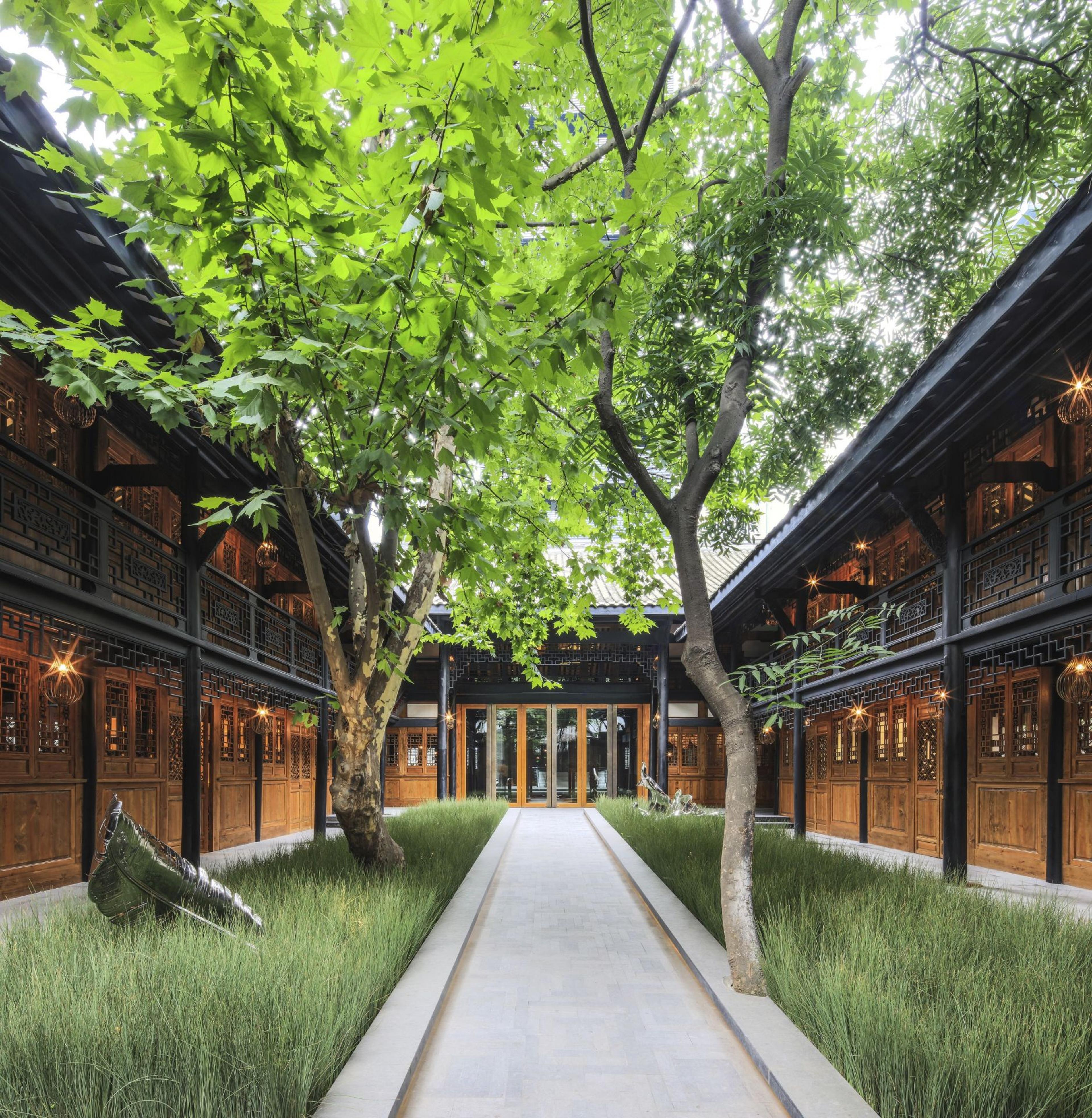
The Temple House, Chengdu. Photo © Make
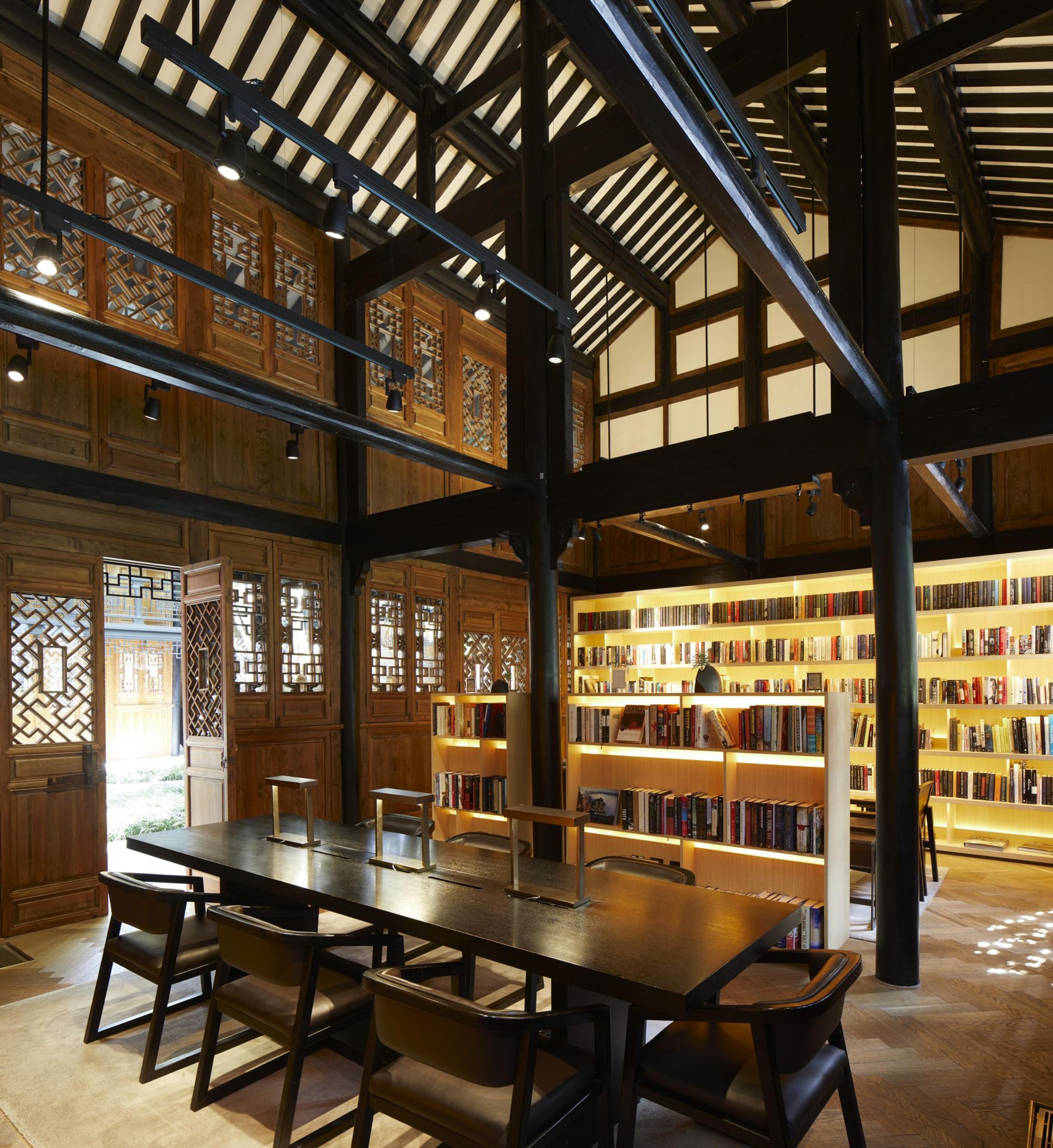
Many companies will now pay extra to attract, nurture and retain their staff – their most critical investment. However, staff require greater flexibility from their workplaces than ever before, and this means businesses must meet them halfway rather than taking a one-size-fits-all approach. Companies need to think creatively to incorporate different lifestyles, flexibility, and health and wellbeing into the workplace, regardless of whether that space is used for 3 hours or 3 days a week, or 24/7.
New design projects are leading the way by offering above and beyond end-of-trip facilities and attractive lobbies, while others are looking to hotels for inspiration, recreating the office as a lifestyle experience. They’re reconfiguring the DNA of the workplace with creativity, flexibility and softer furnishings, keeping mental health and wellbeing at their core.
Similarly, new hotels like Birch have created expansive co-working spaces that allow the work-from-anywhere mindset to run free within a creative and relaxed setting (and between yoga classes). These are just two examples of how workspaces can be integrated into mixed-use buildings, catering to the needs of workers – whether they’re working or not.
Blending the workplace with hospitality
One of the hotel experts at our roundtable noted that if offices were designed with greater ancillary spaces, hospitality operators could easily take over those areas. These could be in the form of fixed, shared amenity floors, or perhaps pockets across the office that provide different services throughout the day – for example, a café for food and coffee, a laundry service, a restaurant and bar for dinner and drinks, and a 24/7 gym.
Branding and identity can also be used to enhance the employee experience, enabling people to travel between different co-working locations and still feel part of a community – much like guests who visit different hotels from the same hospitality group. Consistency across sites ensures ease of transition and instant familiarity, and when the same amenities and workstations are provided across sites, workers can execute their jobs effectively, regardless of location. Similarly, the sense of comfort found in the hospitality industry – which can be incorporated into office breakout zones, communal spaces and integrated hospitality venues – can facilitate a better transition between working and relaxing.

Nobu Hotel, London Portman Square. Photo © Make
The concept of the 15-minute city, popularised by Paris’s mayor, Anne Hidalgo, arose in our discussion as a large-scale example of how mixed-use buildings can, and should, exist alongside each other. We can take the idea of condensed cities, where hospitality venues, workplaces, residential buildings and shared spaces neighbour one another, and apply this to the workplace. In doing so, we can create a micro-city within the office context that incorporates the comforts of hospitality and the capabilities of modern technology, ultimately placing people at the centre of the design.
Generational shifts to ways of working
Conversations around mental health and wellbeing have become even more important post-pandemic. COVID-19 was a catalyst for many to reduce their commutes, relocate out of city centres, and focus more on travelling for leisure rather than work.
However, we currently lack spaces outside of the home that allow us to truly work from anywhere. Some hotels provide amenities in their lobbies or guestrooms that enable people to take a work call away from home, but more is needed to support ongoing flexible working.

80 Charlotte Street. Photo © Jack Hobhouse

DL78 at 80 Charlotte Street. Photo © Jack Hobhouse
Mental health and work/life balance, as well as sustainability, are particularly important to Gen-Z – the emerging workforce. As the most digitally literate and socially active consumers of the internet, Gen-Z will become the decision-makers of tomorrow, integrating technology and flexibility into their daily working practices. Through our roundtable discussions, it has become clear that designers need to adapt to the Gen-Z mindset, prioritising flexibility not just in terms of adaptable physical workspaces but also the way our work is embedded into everyday life.
As panellists noted, the four-day working week that several UK companies are currently trialling could provide a potential blueprint for improving work/life balance. With productivity and efficiency condensed into four days, employees have more time to pursue activities outside of work. Whether or not this particular model takes off, the workplace shift towards flexible locations, times and days seems inevitable.
Maximising success
From our discussions, it’s clear that we need to embrace increasingly diverse ways of working to maximise success in the office sector. This means moving away from a limited number of working models for employees to choose from and embracing new forms of flexibility to suit individuals.
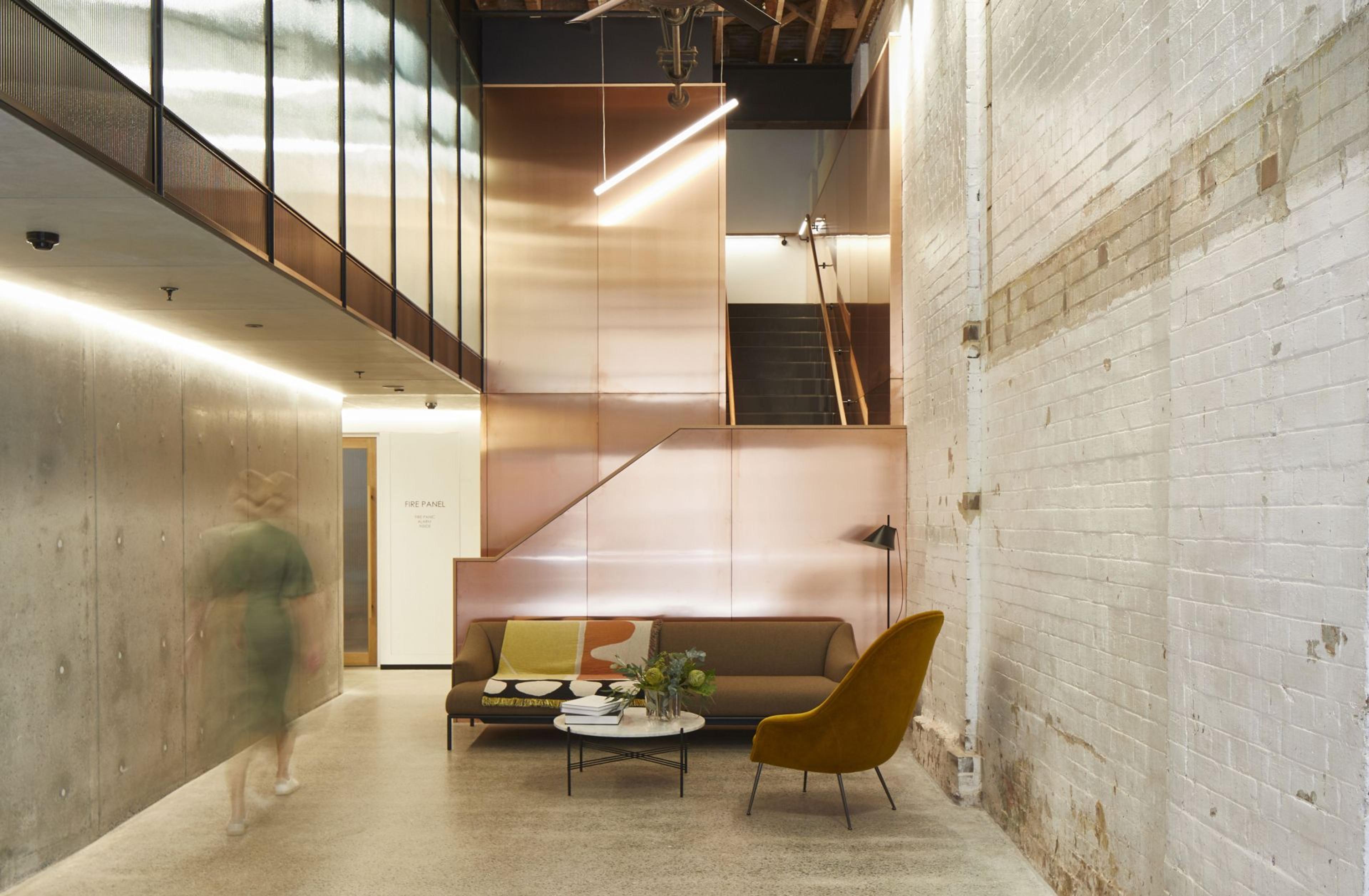
Cunningham Street. Photo © Martin Mischkulnig
If workplaces are to remain relevant and attractive to employees, the typical office set-up needs to change. There’s potential to borrow flexibility and comfort from the hospitality sector and create offices that adapt to the lifestyles of modern workers. Likewise, hotels can integrate workspaces to support these changing work patterns. Within both sectors there’s scope to create dynamic, mixed-use buildings that put wellbeing and individual needs first.
As one of our panellists noted, project teams are usually encouraged to capitalise on efficiency and settle for the quickest solution. However, we have an opportunity to reconsider the future of our workspaces and their influence on the people who use them. As a sector where flexibility is already the norm, hospitality provides an excellent source of inspiration.
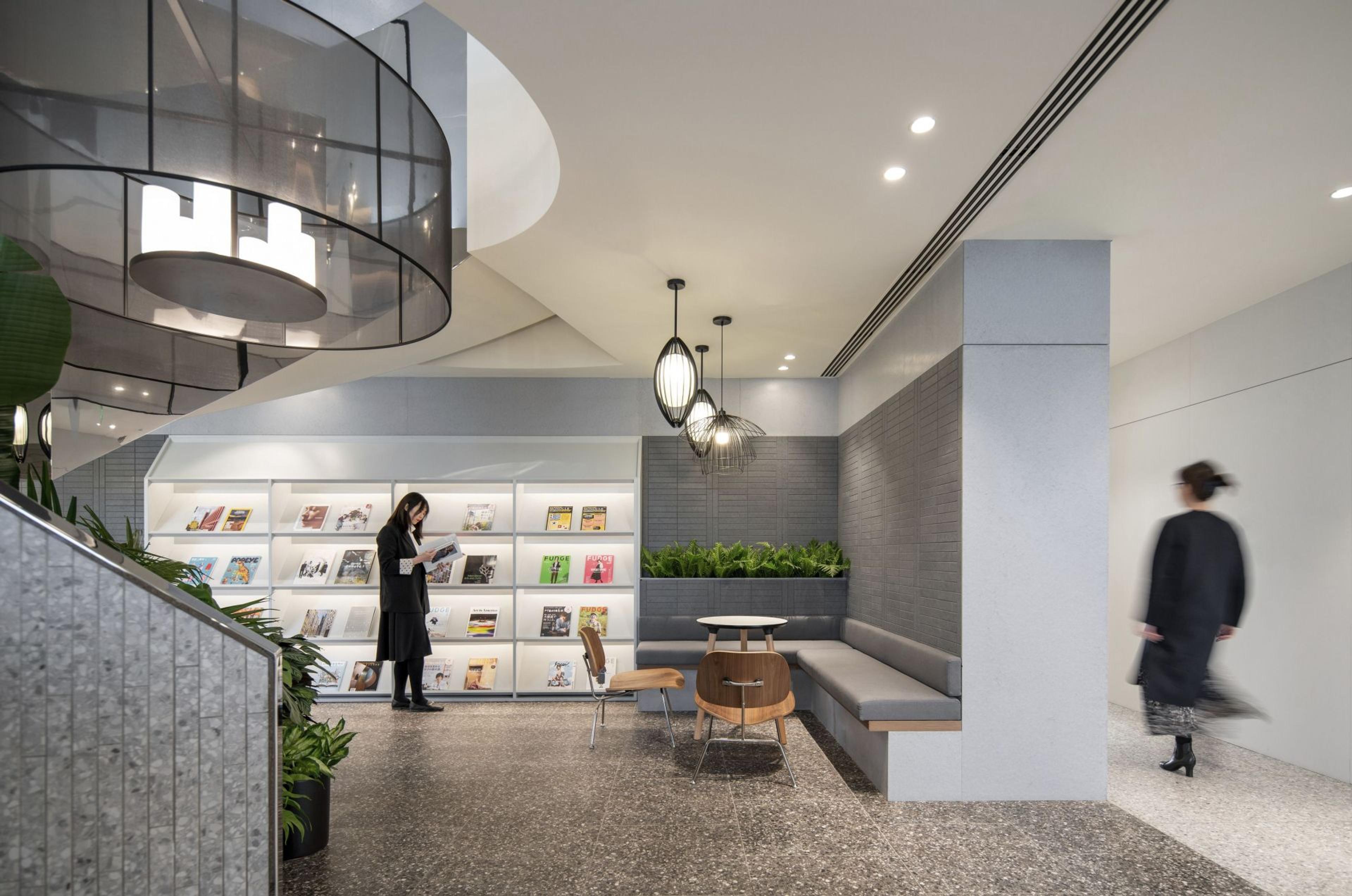
Sino-Ocean Taikoo Li Chengdu
Publication
This article was published as part of our Hospitality Series, which considers the state of the post-pandemic hospitality sector, including its growing intersection with other areas of design.
Read more
